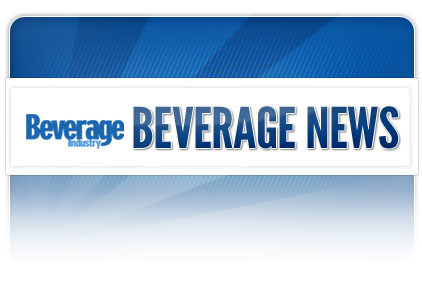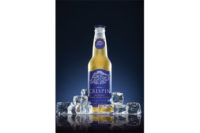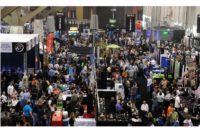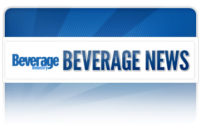Wine and spirits take market share from beer, report says

The distilled spirits industry experienced growth in 2011 while taking market share from beer, reported Distilled Spirits Council (DISCUS) President and Chief Executive Officer Peter Cressy at the industry’s annual briefing for Wall Street analysts and reporters Jan. 30. However, he warned that uncertainty about the economic recovery and the impact of new taxes could derail future growth.
Industry suppliers saw year-to-year volume growth of 2.7 percent to 195.8 million 9-liter cases, and sales growth of approximately 4 percent to $19.9 billion, reflecting a consumer return to premium products due to economic improvement, according to DISCUS data. On a revenue basis, this resulted in another three-tenths of a point in market share gains against beer, reaching 33.6 percent of the total beverage alcohol market. This represents approximately five points of market share growth since 2000, worth approximately $2.9 billion annually. Wine reached 17.1 percent of the total beverage alcohol market, leaving beer at 49.3 percent of the market. In 2000, beer made up 55.5 percent of the total beverage alcohol market, the report states.
Vodka, which accounts for 32 percent of industry volume, was up 5.9 percent to 63 million 9-liter cases, but in the super-premium vodka category, volume rose 12.7 percent and revenue rose 15.9 percent. In the largest whiskey category — bourbon and Tennessee whiskey — overall volume was up 3.9 percent to 16 million 9-liter cases, and revenue was up 3.9 percent to $2 billion. Likewise, the largest growth occurred in the super-premium whiskey category where revenue was up 11.4 percent for a total of $180 million.
Cressy attributed the market share growth to industry innovation, such as new flavors, modification of iconic brands, craft distilling and the consumer’s return to premiumization. Other significant factors contributing to the positive outcome were advertising initiatives, ongoing national market modernization trends and a willingness by policymakers to hold the line on taxes, he said.
Distilled spirits exports exceeded $1 billion for the fifth consecutive year, reaching a projected record of $1.34 billion in 2011, based on 11-month totals, according to the DISCUS report. Total spirits exports grew 16.5 percent compared to the preceding year, while American whiskey, which makes up 69 percent of total exports, grew 13.6 percent.
An ongoing trend toward open markets and sensible transparent regulations, as well as a focus on communicating the heritage of the products in new markets, contributed to the trade growth. Among significant trade victories in 2011 were the passage of the U.S.-Korea Free Trade Agreement, which will eliminate the 20 percent tariff on bourbon and Tennessee whiskey upon implementation of the agreement, and the World Trade Organization’s (WTO) final ruling that the Philippines’ excise tax on distilled spirits is discriminatory and in violation of WTO rules, the report states.
“As countries around the world lower tariffs and other barriers, American spirits products are finding new audiences fascinated by the rich heritage and unique character of these great brands,” Cressy said.
One key domestic legislative win for the industry in 2011 was the passage of Sunday sales in Georgia. Georgia became the 15th state since 2002 to repeal its Sunday Sales Blue Law ban, bringing the total to 37 nationwide, according to the report.
“These results show that the hospitality industry is helping drive the national recovery and job creation, but it remains critical that legislators don’t derail future economic growth through higher taxes,” Cressy said.
Looking for a reprint of this article?
From high-res PDFs to custom plaques, order your copy today!







